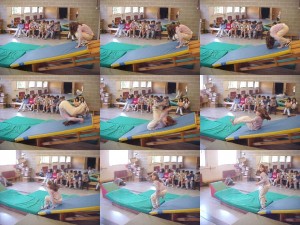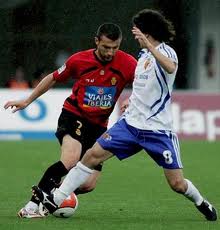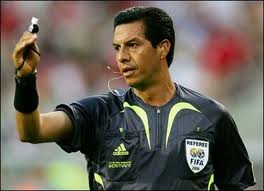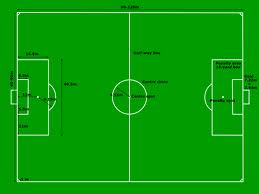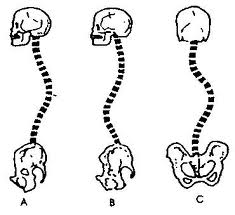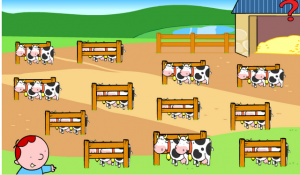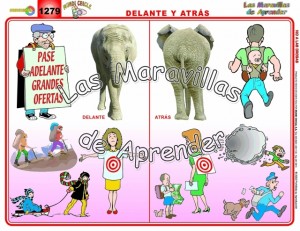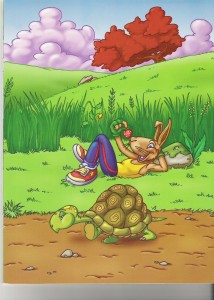Juggling is a skill involving moving objects for entertainment or sport. The most recognizable form of juggling is toss juggling, in which the juggler throws objects up to catch and toss up again. This may be one object or many objects, at the same time with one or many hands. Jugglers often refer to the objects they juggle as props. The most common props are balls .

In our lessons we will try to improve our skills by following this process:
CHALLENGE
|
SCORING | |
|
1 ball |
||
| 1- Toss the ball with one hand and catch it with the same hand. | 0,25 | |
| 2- Toss the ball with one hand and catch it with the opposite hand. | 0,5 | |
| 3- The same exercise with the other hand | 1 | |
|
2 balls, one ball in each hand |
||
| 4- Toss the ball with one hand and take it with the opposite hand. While the ball is in the air you pass the other ball and toss it with the same hand. | 2 | |
| 5- The same exercise with the other hand. | 3 | |
| 6- Toss the ball with one hand and catch it with the same hand. Just now throw the other ball with the opposite hand. Balls don´t cross. | 4 | |
| 7- Similar to the last one but throwing the ball before catching the previous one. | 5 | |
| 8- Similar to the last one but now balls cross in the air so each ball is caught with the opposite hand. | 6 | |
| 9- One ball in each hand. They are tossed at the same time and they are caught with the same hand. Balls don´t cross. | 7 | |
| 10- Similar to the last one but now balls are caught with the opposite hand so balls cross in the air. | 8 | |
| Two balls in the same hand | ||
| 11- Toss one ball and quickly throw the other one so that we can catch the first ball with the same hand. | 8,5 | |
| 12- Similar to the last one but now you have to be able of performing the exercise quickly in a rotary pattern. | 9 | |
|
3 balls |
||
| 13- 2 balls in the right hand and one ball in the left hand. | 10 | |
Here you can watch some videos about the topic.



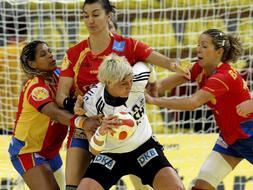










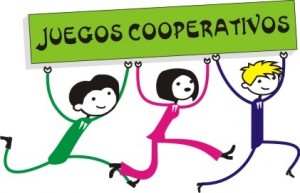
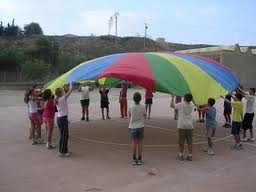

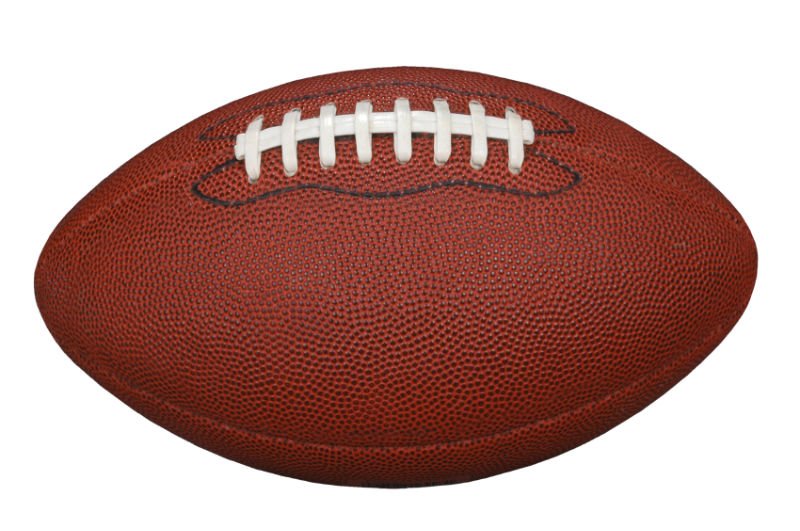
 Aqui podeis ver unas fotos de todo lo que estamos trabajando en clase, volteretas y equilibrios. Todos/as habeis practicado y realizado con éxito lo que vemos en las fotos, ánimo para seguir trabajando y avanzando.
Aqui podeis ver unas fotos de todo lo que estamos trabajando en clase, volteretas y equilibrios. Todos/as habeis practicado y realizado con éxito lo que vemos en las fotos, ánimo para seguir trabajando y avanzando.
